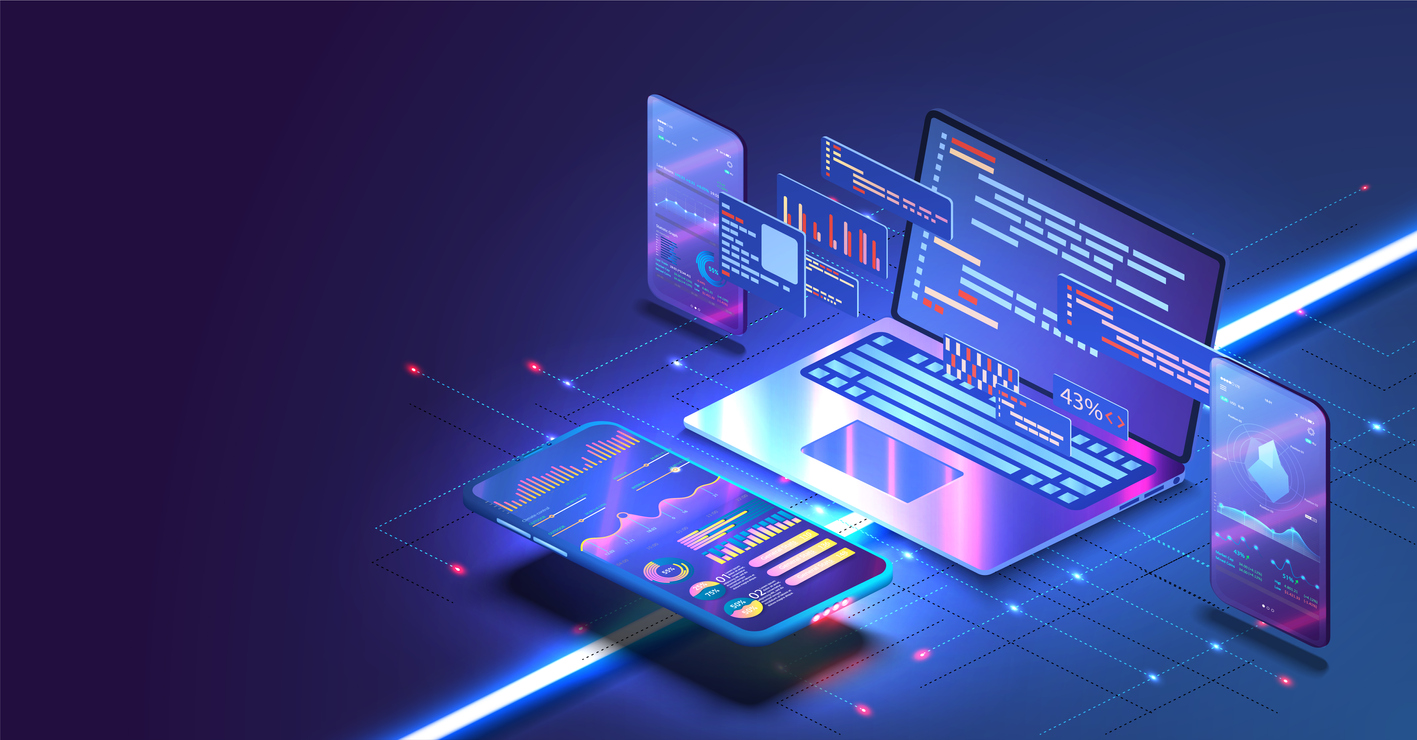Triple levels of multi-experience model
Generally, in classic models, we refer to the “Value Chain” in a few terms. Likewise, the growth of multi-experience platform considers a useful word for situations when there is dimension.
Additionally, we start with some inputs and produce, and then the product is disseminated, advertised, and sold to make room for the post-sale service. This framework contains two kinds of integrations: vertical and horizontal. In the current business climate, we focus more on platform-based business models.
Where the value chain includes nonlinear and a new type of integration, which we call concentric, emerges. The Core line, Integration line, and Exchange tiers illustrate the platform-based business model’s three levels.

